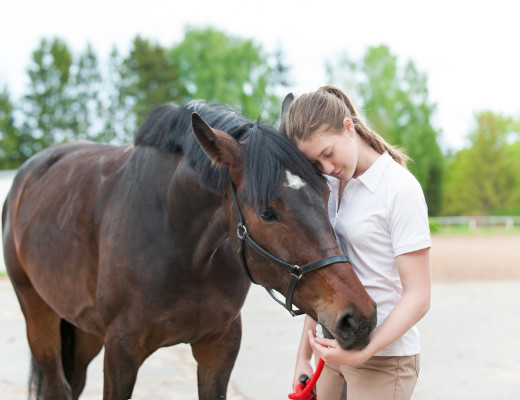An assessment of horse-owner recognition of laminitis
20 Jun 2018 (Horse health news)

The primary objective of this paper was to establish whether cases of owner-suspected laminitis would be confirmed as laminitis by the attending veterinary surgeon. The secondary objectives were to compare owner- and veterinary-reported information from veterinary-confirmed cases of equine laminitis to see whether there were any differences in the signs that owners and vets picked up on.
Twenty-five British veterinary practices were invited to submit laminitis reporting forms (LRFs) for laminitis cases attended between January 2014 and October 2015. Owners were invited to independently complete a modified LRF if the reason for the veterinary visit was suspicion of laminitis. Any differences between paired veterinary and owner LRFs, and between cases where owners did and did not recognise laminitis, were then assessed.
Veterinary LRFs were received for 93 veterinary-diagnosed laminitis cases: this included 51 owner-suspected cases, and 42 cases (45.2%) where the owner had not recognised the signs of laminitis.
All 51 owner-suspected cases were confirmed by veterinary diagnosis. Undefined lameness, foot abscesses, colic and stiffness were common reasons for owner-requested veterinary visits in owner-unrecognised cases.
‘Divergent growth rings in the hoof wall’ and ‘breed type’ were more commonly reported by veterinary surgeons in owner-recognised compared to owner-unrecognised laminitis cases, suggesting that owners with horses who had previously had laminitis (and therefore still had divergent growth rings) and owners of predisposed breeds are more likely to recognise the signs of laminitis.
‘Difficulty turning’, ‘shifting weight’ and risk factor ‘body condition’ were more frequently reported by veterinary surgeons compared to owners, suggesting that these signs are less commonly recognised as signs of laminitis by owners.
The authors concluded that as all owner-suspected laminitis cases were confirmed upon veterinary examination, this demonstrated that it would be appropriate to include owner-reported cases of laminitis in future epidemiological studies. However, the failure of laminitis recognition by owners in 45.2% of these cases highlights the need for more education of horse owners to ensure early disease detection. Watch our page for some top tips on spotting the subtle signs of laminitis later this year!
(It is worth noting the small sample size of this study.)
